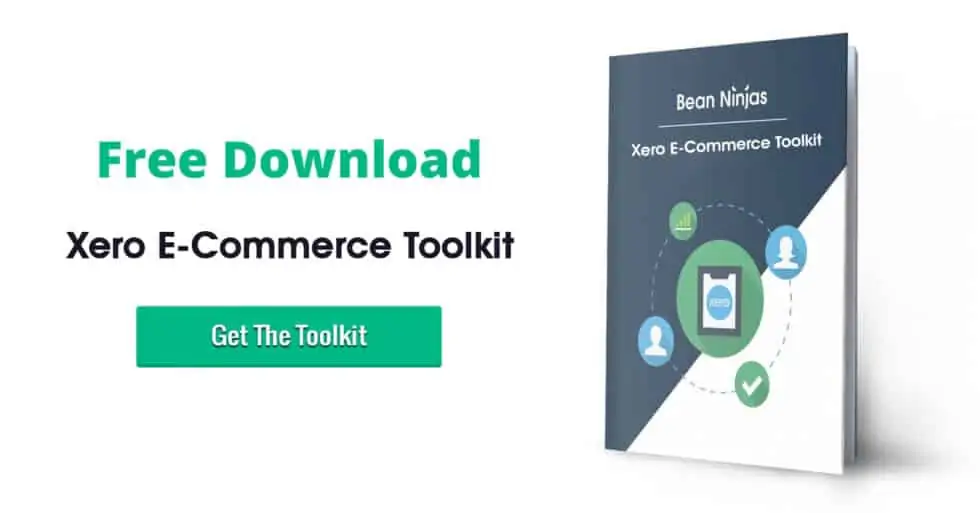Article Contents
What’s driving the change? 5 Alternatives to Amazon for FBA Sellers
Did you know that there are more than 2.5 million active FBA sellers in 2020?
The wild west days of anyone signing up for an Amazon Seller Central account, finding a couple of niche products on AliExpress, and raking in millions of dollars through Amazon FBA arbitrage are long gone.
With more competition than ever before, it is no wonder that many FBA sellers are thinking about diversifying away from Amazon. In fact, this was one of the biggest trends we observed in our eCommerce Recession Impact Report.
In this post, we’re sharing some actionable strategies that FBA sellers can use to be less reliant on Amazon as their primary sales channel.
What’s driving the change?
Like most things, there are many factors driving this trend.
Impact of the COVID-19 Pandemic
We couldn’t write this post without talking about the impacts of the COVID-19 pandemic on FBA sellers. While Amazon was raking in record-breaking sales, many FBA sellers – especially those outside of “essentials,” “wellness,” and “home and fitness products” didn’t fare quite so well.
In fact, many ran into supply chain issues, inventory shortages, high fees, ever-changing rules and restrictions, and shipping delays from Amazon deprioritizing their shipments at the height of the pandemic.
Walmart teams up with Shopify
Walmart has their sights set on Amazon, and recently announced a partnership with Shopify to expand its marketplace.
As the third-largest online retailer, eCommerce entrepreneurs who have products that cater to U.S. consumers have a lot to gain if they can sell through Walmart’s marketplace in the early days.
In an effort to get more traction, Walmart has already extended its 2-day shipping to third-party sellers on their marketplace.
Amazon’s counterfeit problem
One of the most widespread and pervasive issues that FBA sellers face is fraud and counterfeit issues. Merchants sign up and start selling products even if they don’t have the brand’s authorization to do so. This results in unhappy customers, negative reviews, and diminished reputation for sellers.
Lower profit margins
On Amazon, it is all about the products you sell. You don’t need to have an established brand to do well.
For FBA sellers who got into the space early on, this was an advantage. It leveled the playing field and allowed newcomers to private label a few products and have the same opportunities of getting their products in front of shoppers as the big players.
However, now that there is so much more competition, the impact of focusing on products instead of the brand means you are competing on price. If you have to use Amazon PPC ads to even get your products in front of relevant shoppers, this further erodes your profit margins.
5 strategies to diversify away from Amazon
1. Know your numbers
Before you start diversifying your business, it is important to get clear on your finances. After all, if you don’t know how much you sell each month, your profit margins on each product, or operating expenses, how can you make confident decisions that are based on data?
Pro Tip: Check out our Amazon accounting guide to help you gain confidence in your numbers.
Then, it is about taking a measured approach as you create additional revenue streams that aren’t reliant on Amazon.
2. Sell on multiple platforms
The easiest way to start diversifying is to start selling on other marketplaces.
We’ve already talked about one earlier in this post- Walmart.
Walmart and Amazon are far from the only marketplaces around. You can also explore eBay, Rakuten, Jet, and more.
Pro Tip: Many eCommerce businesses in the automotive industry do quite well on eBay.
3. Own your brand
At the most basic level, this starts with creating a website. There have never been more great website builders with eCommerce functionality from Shopify, WooCommerce, and Squarespace to BigCommerce and Magento.
Your website is one of the few assets that you have full control over. Leverage this to build a real brand and lasting relationships with your customers.
In addition, the other core component of branding is consistency. This means keeping your messaging, value props, and pricing the same across all channels you are selling on from your website, email list, social media, and on third-party marketplaces
4. Grow an email list
The other asset you have full control over is your email list. When someone gives you their email address, they are saying they want to hear from you. This goes straight to their inbox. There are no algorithms to deal with like on social media.
Pro Tip: If you don’t already have an email marketing platform, there are so many great free or low-cost options to get started from Mailchimp and ConvertKit to Drip and Klaviyo.
5. Use social media to diversify sales
Social media can be a great way to reach new audiences. In the last couple of years, many of the platforms have released new features specifically designed for eCommerce businesses.
For example, one of the newest features that Facebook released earlier this year is Facebook Shops, which allows brands to sell directly on Facebook and Instagram. While this isn’t a replacement for having a website, this goes a long way in reducing friction in the buying process.
***
In sum, it is never a bad idea to actively diversify your revenue streams. Anytime you are solely reliant on one sales channel, it opens the doors for major issues. With all of the challenges that FBA sellers face, the migration to other sales platforms is only likely to continue.
One of the best ways to get started is to get more confident with your numbers.
Learn how to use Xero effectively for your eCommerce business with our free Xero toolkit. This includes our step-by-step guide to getting your Xero file in order, a Cashflow Forecast Template, and a Bookkeeping timetable template to help you stay on top of your finances & get current reporting. Download now.





